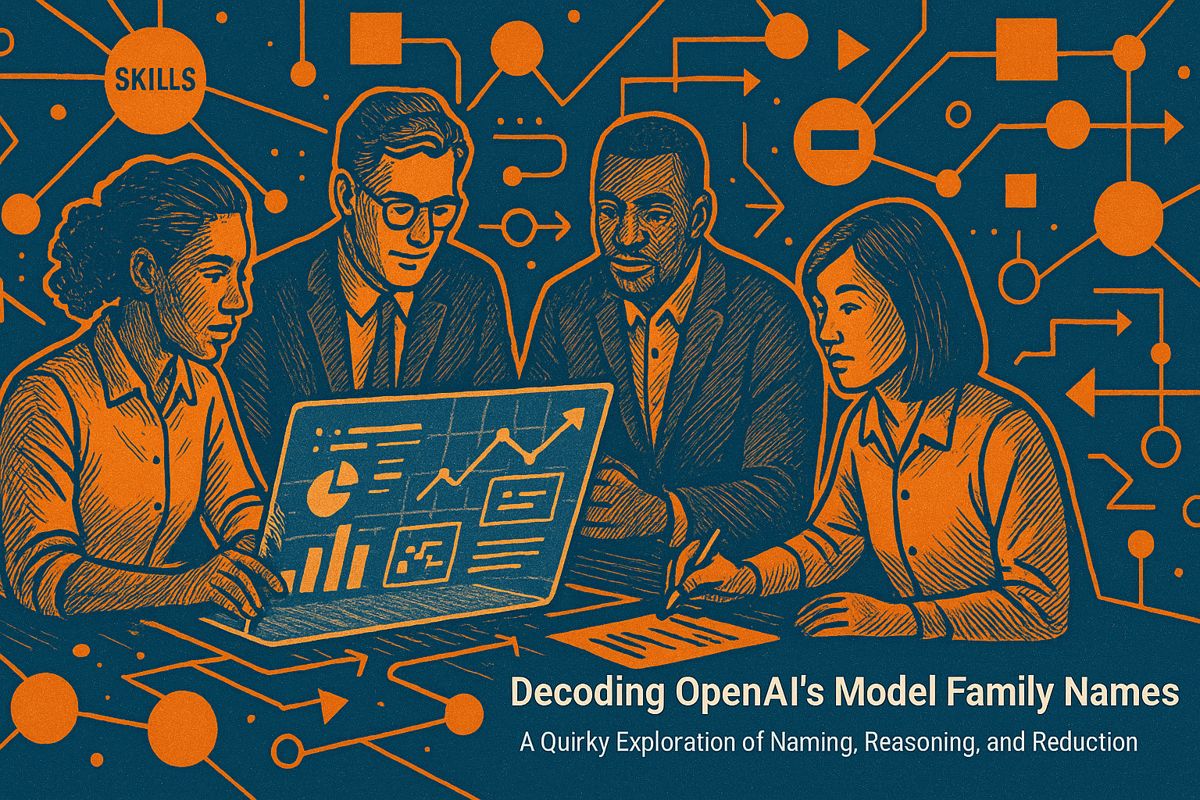Here’s the text with the most important phrase in bold markdown:
Anduril Technologies, founded by Palmer Luckey, is a cutting-edge defense tech startup that has captured massive venture capital attention by developing AI-driven autonomous defense systems. With a stunning $2.5 billion funding round and a $30.5 billion valuation, the company is revolutionizing military technology by blending Silicon Valley innovation with advanced military capabilities. Their flagship products like Lattice OS and Ghost drone represent a new generation of smart, fast-moving defense technology that challenges traditional military procurement models. The startup has attracted significant investor interest, particularly from Founders Fund, signaling a dramatic shift in how tech companies engage with defense and national security. Anduril’s approach represents a bold, unapologetic fusion of cutting-edge technology, venture capital, and military innovation, marking a potentially transformative moment in tech and defense industries.
What is Anduril Technologies and Why Is It Attracting Massive Venture Capital?
Anduril Technologies is a defense tech startup founded by Palmer Luckey, valued at $30.5 billion after securing $2.5 billion in funding. The company develops AI-driven autonomous defense systems like Lattice OS and Ghost drone, representing a new generation of technology bridging Silicon Valley innovation with military capabilities.
When Defense Tech Becomes the Darling
Sometimes a headline pulls you up short, like the first icy wind of December. This week, I did a double take: Anduril grabs $2.5 billion, its valuation soaring to $30.5 billion. That’s not pocket change – and not the sort of hype usually reserved for companies building surveillance towers and robotic drones. Yet here we are, watching Anduril Technologies, founded by Palmer Luckey (the Oculus VR maverick), bask in the kind of financial spotlight that would make even SpaceX glance over.
I couldn’t help but recall late-night chats with an old friend. She’d left a cozy Python gig for a robotics job in Thailand, chasing that peculiar adrenaline of “edge technology” – as she called it. She described, almost reverently, the ghostly hum of prototype drones and the persistent ethical itch that comes with building eyes for a border no one quite owns. At the time, it sounded a little melodramatic; now, with Anduril at the center of a feeding frenzy, her words echo in a new key. Is this what the future tastes like – a mix of ozone and anticipation?
If you’re wondering just how wild this is: Silicon Valley’s venture capitalists have always flirted with sci-fi, but $2.5 billion in new funding is less a wink and more a shotgun wedding. The investment was led by Founders Fund, who, if you believe the scuttlebutt, wrote their largest-ever check – $1 billion – to back Anduril’s vision of algorithmic autonomy for defense.
The Rise: Numbers, Names, and a Meteoric Trajectory
Let’s get concrete for a second – the numbers here are almost baroque. In 2024, Anduril became the standard-bearer for AI-driven defense, boasting products like Lattice OS (a real-time 3D command-and-control platform) and Ghost, its flagship autonomous drone. The company’s approach: move fast, acquire radar and sensor startups, and make sure everyone hears about it. Oversubscribed funding? Check. A valuation that makes traditional contractors like Raytheon look over their shoulder? Also check.
I have to admit, I once joked with a colleague that the only difference between a VR headset startup and a defense unicorn was the number of NDAs you signed. We laughed – but now, reading about Anduril’s meteoric rise, that quip feels uncomfortably prescient. Was I wrong to dismiss the seriousness of these ventures, or just naive to the appetite for risk (and reward) that runs through venture capital’s bloodstream?
Founders Fund isn’t a stranger to these waters, either. They’ve bankrolled Palantir’s data-mining empire, as well as SpaceX’s orbital ambitions. Now, with Anduril, they’re putting their chips on a future where code and combat are intertwined. The “AI at the tactical edge” buzzword isn’t just a slogan – it’s a mission fueled by cold hard cash and a conviction that the next leap in military technology will come not from a bunker, but a code repository.
Shifting Sands: Speed, Ethics, and Silicon Valley’s Schism
There’s a surreal quality to all this. Defense tech used to plod, a glacial shuffle of procurement cycles and Kafkaesque compliance. But Anduril? They’re building at warp speed, pitching prototypes before the Pentagon can even finish its wishlist. It’s a bravado that borders on the reckless, yet it’s gotten results. Investors circle like hawks, and every round feels like a new record.
But here’s the rub: these aren’t just widgets and widgets. Anduril’s AI considers, decides, and acts in environments where the stakes are quite literally mortal. I felt a pang of unease reading about their unapologetically military stance. There’s an intellectual honesty to it – sure, but also a whiff of hubris. My friend once admitted, “Sometimes I lie awake, wondering if the systems we’re building will one day make a decision no one expected.” It’s a prickling fear, but also a motivation – as if every new prototype is both a promise and a warning.
I’ll confess, I used to believe Silicon Valley would always keep defense at arm’s length, content to disrupt groceries or taxis. Yet, the tides have turned. Anduril’s approach is not just pragmatic; it’s a cultural collision, blending hoodie-clad coders with battle-scarred veterans, each bringing a different shade of urgency.
What’s Next? The Cloud, the Crowd, and a Dash of Mystery
So, what should we make of this? Anduril’s ascent is both a reflection and a refraction of our times. Where once “the cloud” meant your photos and playlists, now it’s a theater of operations, swarming with sensor arrays and autonomous craft. Is it thrilling or terrifying? Maybe both.
One thing I can’t shake: the scent of solder and ozone in that friend’s workshop, the low click and whir of machines learning to see. It’s all so vivid – yet slightly surreal, like you’ve stumbled into a Michael Crichton novel, only this time the plot’s unscripted. If I sound a bit breathless, well, that’s how it feels.
In the end, there’s a lesson here. I underestimated how quickly the line between Silicon Valley ambition and national security would blur. Next time, I’ll remember: don’t blink when the future comes knocking. Or, as they say, watch the skies – and maybe check your NDAs.



















